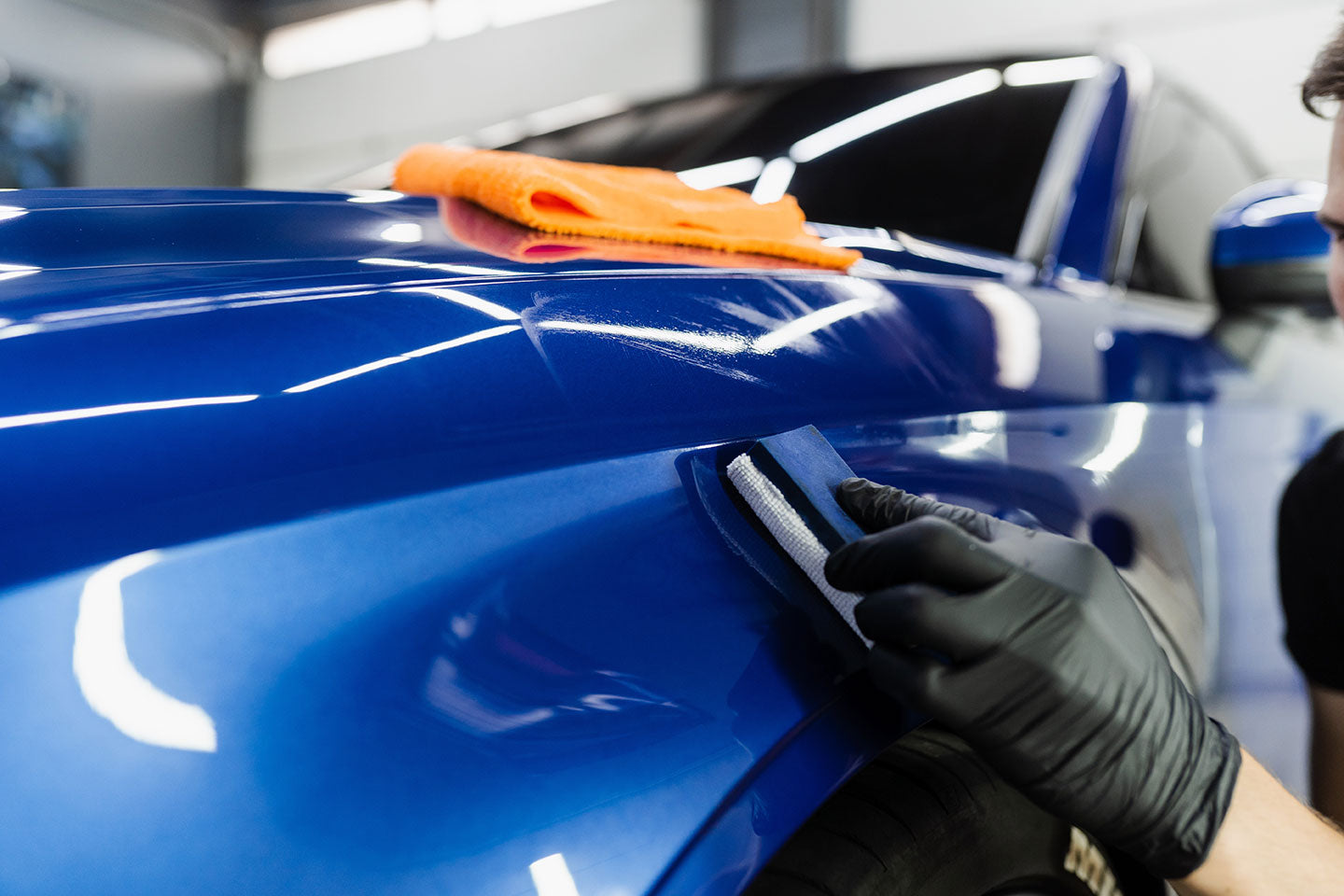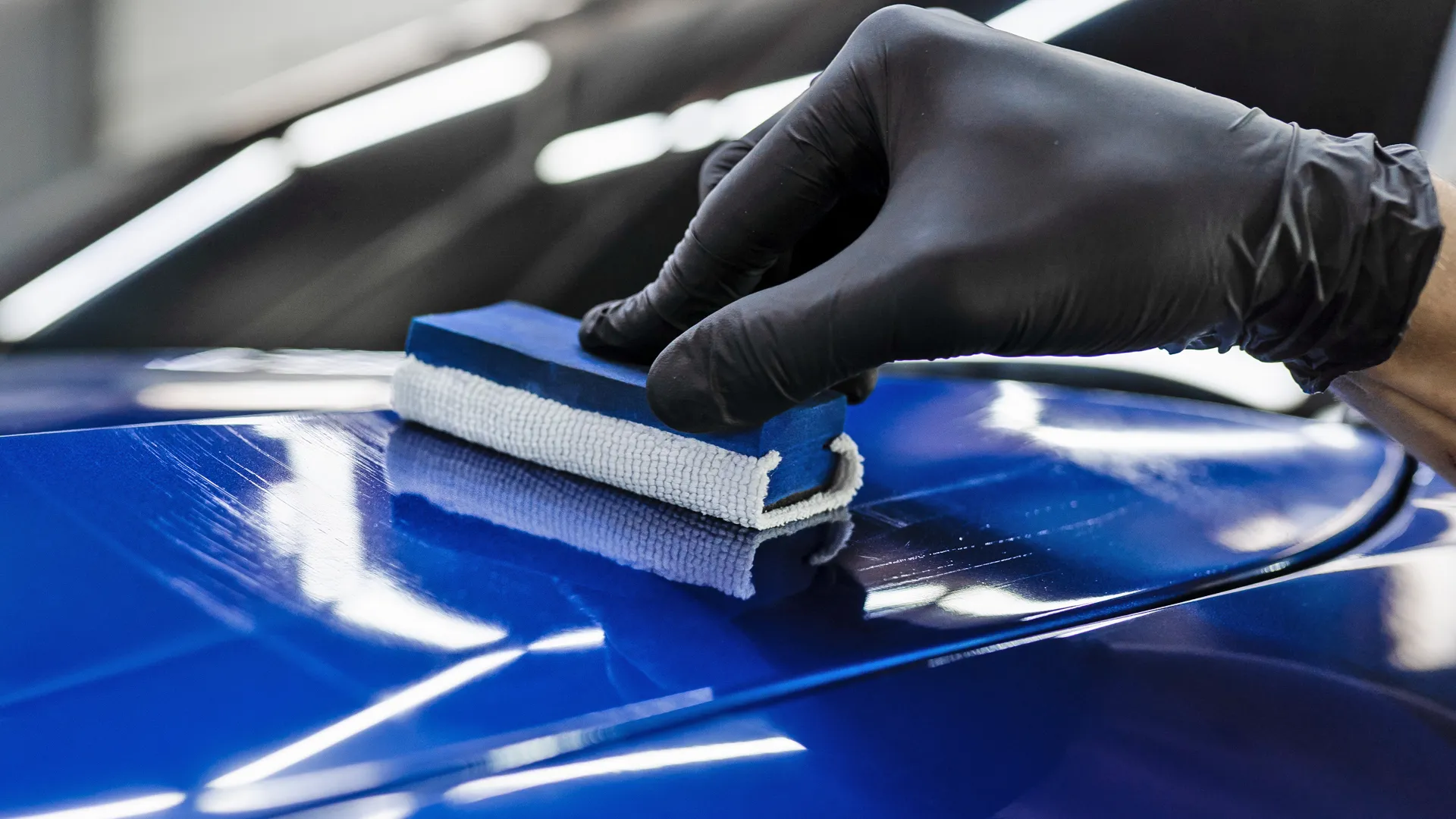Choose expert-installed paint protection film for a ultra-clear layer of protection.
A Comprehensive Guide to the Types of Ceramic Finish on the marketplace
Ceramic coatings have emerged as a critical solution throughout various sectors because of their unique properties and applications. From silica-based solutions known for their effectiveness to hybrid options that merge several advantages, the selections offered can be frustrating. Understanding the subtleties of each kind, including their particular advantages and ideal use cases, is vital for making notified choices. As we explore the distinct characteristics and applications of these finishings, the ramifications for efficiency and longevity come to be increasingly apparent, raising questions regarding which type may best match your requirements.
Recognizing Ceramic Coatings
Ceramic finishings are advanced safety services that have actually obtained popularity in numerous markets, specifically in automotive and aerospace applications. These coverings include a liquid polymer that, when cured, creates a resilient, hydrophobic layer on the surface of the substratum. This layer offers boosted resistance to environmental pollutants, UV radiation, and chemical exposure, therefore prolonging the life and aesthetic allure of the underlying product.
The basic component of ceramic finishes is silica, which adds to their hardness and toughness. The application process typically entails surface prep work, application of the finish, and curing, which can be attained via warm or UV light. When treated, ceramic finishes display outstanding bonding residential or commercial properties, allowing them to adhere highly to a variety of surface areas, including steels, plastics, and glass.
In enhancement to their safety attributes, ceramic layers likewise provide ease of maintenance. Their hydrophobic nature lowers the adherence of dirt and crud, making cleansing easier and much less frequent. On the whole, the fostering of ceramic finishes stands for a significant improvement in surface defense modern technology, providing both useful and visual benefits throughout multiple industries.
Kinds Of Ceramic Coatings
Different types of ceramic coatings are offered, each created to meet specific performance needs and applications - Auto Detailing. One of the most typical kinds include:
Silica-based Coatings: These coverings mainly are composed of silicon dioxide and are recognized for their resilience and chemical resistance. They are extensively made use of in automotive and industrial applications.
Titanium Dioxide Coatings: Distinguished for their photocatalytic homes, titanium dioxide layers are usually used in settings where self-cleaning and antifungal buildings are preferable, such as in building products and automotive finishes.
Zirconia Coatings: Identified by their high-temperature stability and thermal resistance, zirconia layers are utilized in applications such as generator engines and high-performance auto parts.
Alumina Coatings: Exhibiting outstanding hardness and thermal stability, alumina layers are frequently utilized in wear-resistant applications, including cutting tools and industrial machinery. - ceramic coating sarasota
Crossbreed Coatings: Integrating the residential properties of different products, hybrid coverings offer enhanced performance attributes, making them ideal for special and demanding applications.
Each sort of ceramic coating offers unique objectives, enabling users to choose one of the most proper remedy based on certain ecological problems and efficiency requirements.
Advantages of Ceramic Coatings
Coatings play an essential duty in enhancing the efficiency and durability of surface areas throughout numerous sectors. Ceramic layers, specifically, deal countless advantages that make them significantly preferred among manufacturers and customers alike. One of the primary benefits is their remarkable resilience. These finishes are immune to scratches, chemicals, and UV rays, making sure that the underlying surface stays protected gradually.
In enhancement to toughness, ceramic coverings supply exceptional hydrophobic buildings, enabling easy cleaning and upkeep. This water-repellent nature lessens the adherence of dirt, crud, and other pollutants, which can prolong the visual allure and capability of the surface area. Ceramic coverings can dramatically boost thermal resistance, click to read more making them ideal for applications that sustain high temperature levels.

Application Process
When applying ceramic finishes, a careful approach is necessary to accomplish ideal results. The application process usually begins with comprehensive surface area preparation. This entails washing, decontaminating, and brightening the surface area to remove all contaminations, including dust, oil, and prior waxes or sealants. A clean surface guarantees correct adhesion of the finish.
Once the surface area is prepped, the next step is to apply the ceramic finish. This can be done utilizing an applicator pad or a microfiber cloth, making certain also protection. It is essential to operate in little sections to preserve control and protect against premature curing. The finish should be used in slim layers, as thicker applications can cause unequal finishes.
After application, the covering requires a specific treating time, commonly varying from a couple of hours to a complete day, depending on the product. Throughout this moment, it is essential to stay clear of direct exposure to moisture or impurities. Ultimately, a gentle buffing might be needed after treating to boost the gloss and get rid of any type of high spots. Complying with these actions diligently will make the most of the effectiveness and long life of the ceramic coating, providing a resilient safety layer for the surface area.
Maintenance and Durability
To ensure the durability and effectiveness of a ceramic finishing, normal maintenance is necessary. Ceramic finishings, known for their durability and safety qualities, call for certain care regimens to optimize Learn More their life-span and performance. The very first step in upkeep includes routine washing with pH-neutral soap, preventing harsh chemicals that can deteriorate the finish. It is a good idea to clean the car routinely, ideally every 2 weeks, to stop the accumulation of contaminants that might endanger the layer's honesty.
Along with regular cleaning, periodic evaluations are vital. Seek indications of wear or damage, such as hydrophobic buildings decreasing or surface blemishes. If necessary, a light polish may be related to renew the finish without removing it away.
Additionally, the application of a booster spray can enhance the finishing's hydrophobic effects and restore its gloss. This is especially advantageous for layers that have actually been in usage for an extensive duration. Inevitably, by sticking to these upkeep techniques, one can considerably expand the life of a ceramic finishing, making certain that it remains to give ideal protection versus environmental factors and keep the visual appeal of the automobile.
Verdict
